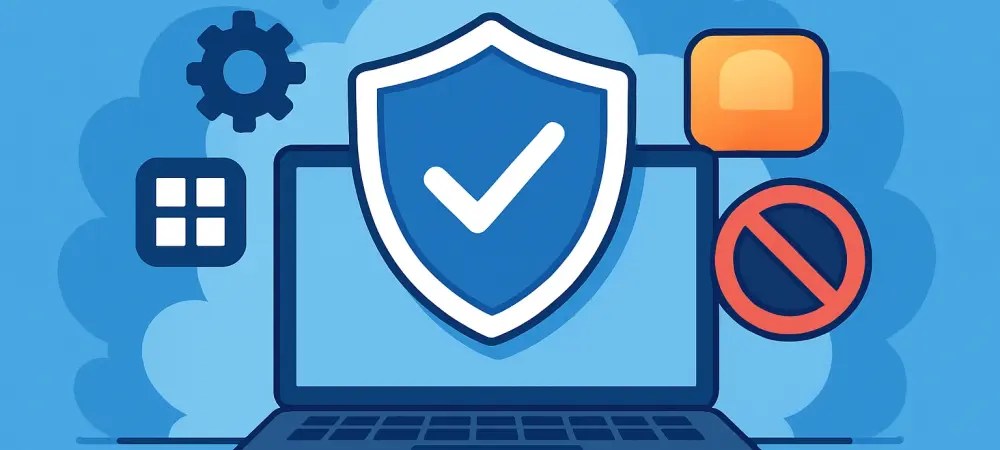I’m thrilled to sit down with Dominic Jainy, a seasoned IT professional whose deep expertise in artificial intelligence, machine learning, and blockchain brings a unique perspective to the evolving world of cybersecurity. Today, we’re diving into a fascinating feature of Windows 11 called Smart App Control (SAC), a security tool designed to safeguard users from malicious applications. In our conversation, Dominic will unpack how SAC works, its impact on user security, the challenges it poses, and how it fits into the broader landscape of Windows protections. Let’s explore this innovative feature and what it means for everyday users and IT professionals alike.
How would you explain Smart App Control to someone who’s not tech-savvy, and why should they care about it on their Windows 11 device?
Well, Smart App Control, or SAC, is like a digital bouncer for your Windows 11 computer. It checks every app before it runs to make sure it’s safe and not something that could harm your system, like malware or ransomware. It’s built right into the operating system, so it works quietly in the background without you needing to do much. You should care because it adds an extra layer of protection against sneaky threats that might slip through other defenses, keeping your personal data and device safer.
Can you walk us through the process SAC uses to decide if an app is trustworthy or not?
Absolutely. SAC uses a multi-step approach. First, it checks if the app has a digital signature from a trusted publisher—think of it as an ID badge proving the app’s legitimacy. Then, it taps into Microsoft’s cloud-based intelligence, which collects data from millions of devices to see if the app is widely recognized as safe or if it’s been flagged as risky. Finally, for apps that aren’t clear-cut, SAC employs AI to analyze behavior patterns for signs of malicious activity. It’s a pretty robust system that combines local checks with real-time global insights.
What’s the story behind SAC’s availability, and why is it limited to certain installations of Windows 11?
SAC was first introduced in early 2022 during a preview build for Windows 11 and rolled out to the public with version 22H2 later that year. However, it’s only enabled by default on clean installs of Windows 11 22H2 or newer. This means if you upgraded from an older version, SAC stays off to avoid potential conflicts with existing apps. Microsoft took this cautious approach to prevent breaking compatibility with older or custom software, which might not play nicely with SAC’s strict rules.
Could you break down the different operating modes of SAC and what they mean for users?
Sure, SAC has three modes. When it’s “On,” it’s actively blocking untrusted apps, and once you set it to this mode, you can’t switch back without a full reinstall. “Off” mode means SAC is completely disabled, and unfortunately, you can’t turn it back on without starting fresh with a clean Windows install. Then there’s “Evaluation” mode, where SAC observes your system for a while—sometimes weeks or months—to see if there are any compatibility issues before deciding to activate fully or stay off. It’s a way to test the waters without disrupting your workflow.
What are some of the practical challenges users might face with SAC, especially when dealing with older or specialized software?
One big challenge is that SAC can be overly strict at times. Older apps or custom software often lack digital signatures, so SAC might block them even if they’re perfectly safe. This can be frustrating for businesses or individuals relying on legacy tools. If an app gets blocked, the only workaround is to turn SAC off entirely, which isn’t ideal because you lose that protection. And since you can’t turn it back on without reinstalling Windows, it’s a tough trade-off that can leave users feeling stuck.
How does SAC stand out when compared to other security features already built into Windows 11?
SAC is unique because it’s proactive and automated. Unlike something like Windows Defender, which often reacts to threats after they’re identified, SAC stops risky apps before they even run using real-time cloud data and AI. It doesn’t rely on constant updates or manual scans, and it’s simpler than older tools like Application Control, which required more setup. However, it’s also a bit of a black box—users have to accept its decisions without much room to override them, which sets it apart from more flexible security options.
What advice do you have for our readers who want to make the most of SAC or are considering using it on their systems?
My advice is to first check if SAC is even active on your device—go to the Windows Security app under App & Browser Control to see its status. If you’re on a clean install of Windows 11 22H2 or later, let it run in Evaluation mode for a while to ensure it won’t block anything critical. For IT folks or businesses, test it thoroughly with your software lineup before rolling it out widely. Also, educate yourself and your team about why certain apps might get blocked and have a plan in place for support if something important doesn’t run. SAC is a powerful tool, but it works best when you understand its limits and quirks.

